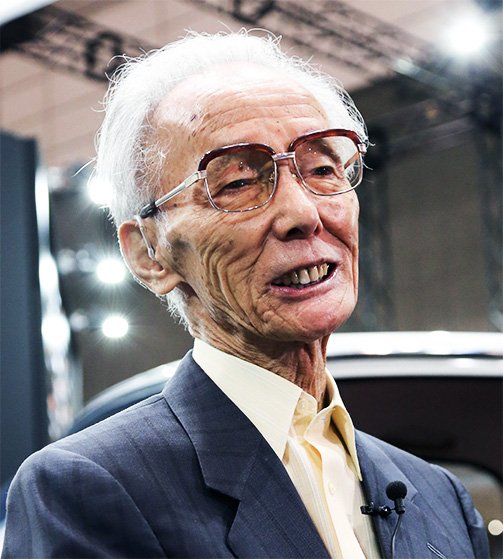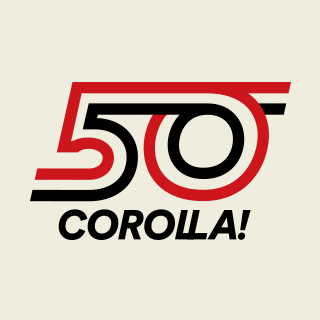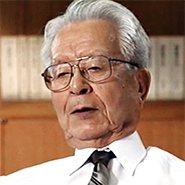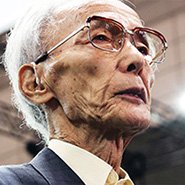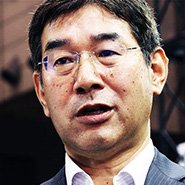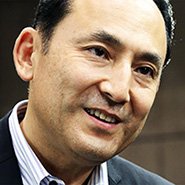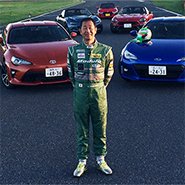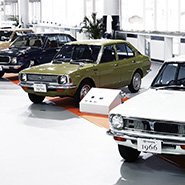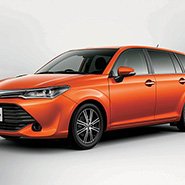Oct. 19, 2016
Shiro Sasaki, Chief Engineer for the 2nd and 3rd generation Corolla

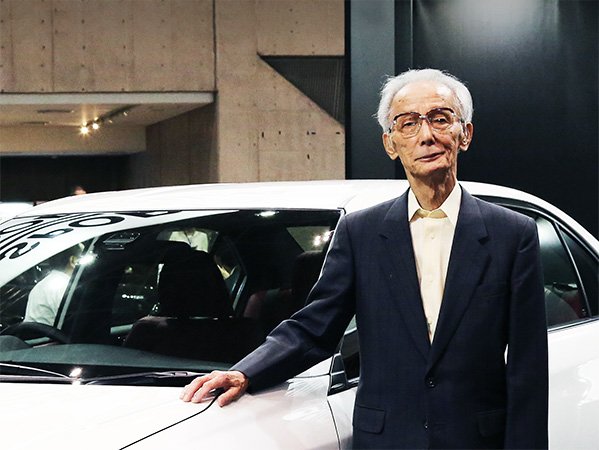
From a National Car to a Car for All
I was the chief engineer for the second- and third-generation Corollas, and was also involved in the development of the first-generation Corolla as an assistant engineer to Mr. Hasegawa, the chief engineer for the first-generation Corolla. In 1961, Toyota unveiled the Publica, which was designed according to the "national car" concept that was advanced by what was then known as the Ministry of International Trade and Industry. It was a great car in terms of its technology, but the car was not attractive enough for the public to purchase it as their first durable good.
The national car concept called for four-seater vehicles with an engine displacement of 500 cc that can drive up to 100km/h at the maximum priced at 250,000 Japanese yen. All the automakers tried to make models that followed the requirements; however, they concluded that it was difficult to make this available. We had installed a 700-cc engine in the Publica. Later, other companies had rolled out with models which were equipped with engines of around 800 cc to 1,000 cc.
Then, to make our customers a satisfied, we decided to try and make a car that was a little flashier. This time, we attempted to make a car for all, instead of a "national car." Tatsuo Hasegawa, the chief engineer for the first-generation Corolla, came up with the Japanese economy car concept. I think that it was because this project was so great that Toyota has passed on the DNA to produce the Corolla for the next 50 years and beyond.

The 2nd Generation
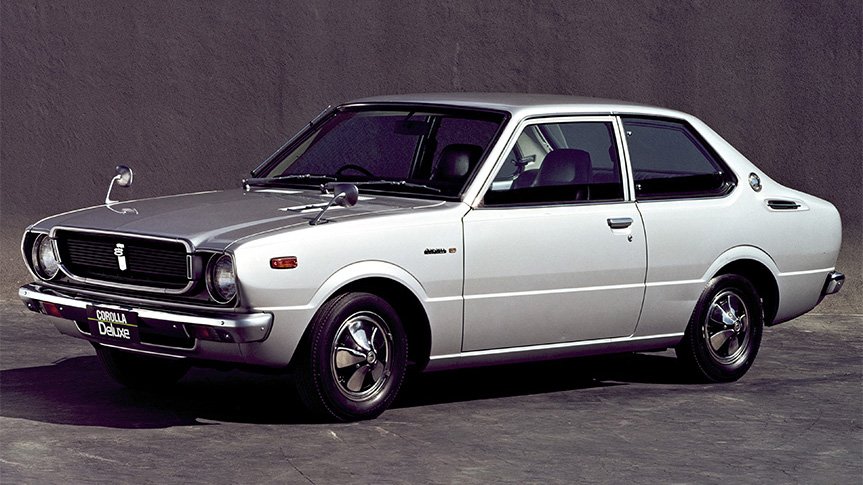
The 3rd Generation
"+100 cc" in 75 Days
After the valuable experience in developing the Publica, I think it was very tough work to plan and get approval for the new project to build the Corolla. We finally started on the Corolla's development in 1963. We had around 6 months left before the launch of the model when a decision was suddenly made to upgrade the engine displacement from 1,000 cc to 1,100 cc. Naturally, that made our job difficult because we had to redesign everything. It wasn't like at present, where you have several design support tools such as CAD, CAM, CAE and simulation technologies. We did all the drawings by hand, and the parts we had made were also brand new. But we managed to create the prototype of the redesigned parts within 75 days from the time when the decision was made to change the engine displacement.
Then, we drove the test vehicle to try it out. The more engine displacement you have, the greater the torque, which places greater stress on drivetrain components in particular, such as the transmission and the differential gear. Hence, we took it on numerous runs to test the torque.
Somehow, we had managed to finish our work by the launch date. This accomplishment had instilled confidence in us. But the thing that was most gratifying was the good reception for the 1,100-cc engine which we worked so hard to install. At that time, 1,000 cc would give you a maximum speed of around 140 km/h, while 1,100 cc would give you about 150 km/h. In those days, they posted the top speed in catalogs, and we wanted to post "Top Speed: 150 km/h", but instead, we had decided to list it as "140 km/h." As a result, after we started the sales, many customers told dealers that "This car's got some extra oomph to it!" and so on. The car also received good reviews from the media, which said the car drives well without the driver having to push the gas pedal too hard, and also that the description in the catalog was honest, not overstating what it can offer to the customers. The greatest joy for a developer is when customers are satisfied with a car, and that the car makes them feel fantastic when they are driving it.
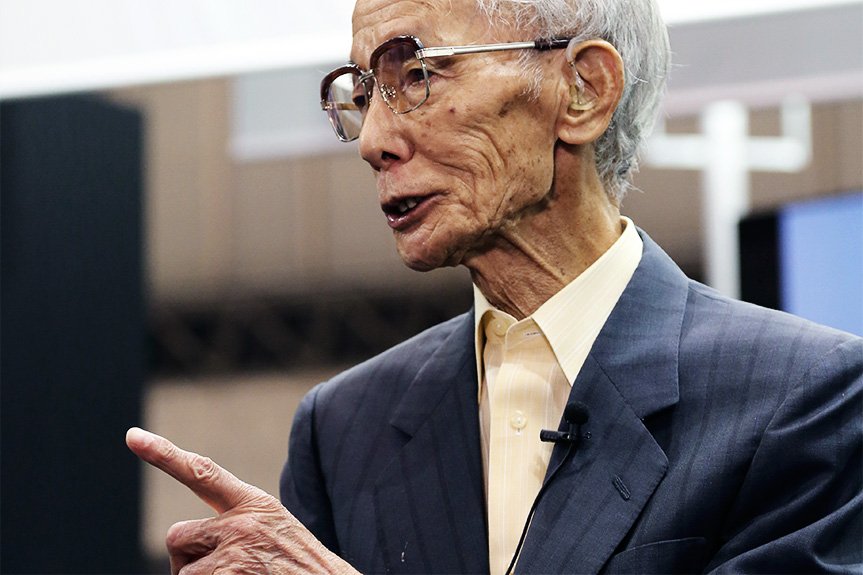
Make It Yourself
When we came out with the first-generation Crown in 1955, many Japanese automakers had technological partnerships with overseas manufacturers. They would receive drawings and then work on the knockdown production. Eiji Toyoda (a managing director who went on to become Toyota's fifth president) said, "We can keep up with the level if we have the drawings, but those drawings don't tell you anything about the history of mistakes involved. Without experiencing failure, we cannot make anything better than those drawings." In other words, you can't surpass something if all you're doing is just copying.
Afterward, for the first-generation Corolla, we decided to use MacPherson struts for the front suspension, which only a few models were equipped with at that time. Eiji told me then, "We're going to develop the damper ourselves. If we rely on outsourcing it may be easy to make, but if we don't have people who possess the know-how to make it, and can give instructions to others, then we won't be able to obtain satisfactory results."
This basic approach is something that we have maintained ever since the days of Kiichiro Toyoda (Toyota's second president) - it's almost like Toyota's basic principle. Through those experiences, we gradually became confident in our own capabilities in technology.

Driving test around the Canadian Rockies during the severe winter (Mr. Sasaki is on the left end)
Expectations for Future Corollas
Fortunately, the car for all – the Corolla, was the most familiar car to engineers. That's why I want the engineers who are working so hard to develop the present-day Corolla to focus on making a car that they want to ride in themselves. That's what I would say. The question of whether customers will favor the Corolla as they've done over the past 50 years depends entirely upon whether the vehicle can keep on evolving with the times. As Corolla fans, we are looking forward to seeing what happens next.

Shiro Sasaki, Chief Engineer for the 2nd and 3rd generation Corolla
Mr. Sasaki was born in 1926. After graduating with a degree in mechanical engineering from the School of Engineering at Hokkaido University, Mr. Sasaki was hired by Toyota Motor Company (now Toyota Motor Corporation) in 1949. He worked on the suspension during the design of the first-generation Crown's chassis, as well as the overall chassis design for the Publica. In 1963, he was transferred to the Product Management Division (later renamed the Product Planning Division), where he worked on developing the first-generation Corolla. Mr. Sasaki was the Chief Engineer of the second- and third-generation Corollas as well as the first-generation Tercel and Corsa (front-engine, front-wheel-drive layout). Later, Mr. Sasaki headed the Product Planning Division and served as a senior managing director, and was then appointed as Executive Vice President in 1988. He currently serves as an advisor to Toyota Motor Corporation.
